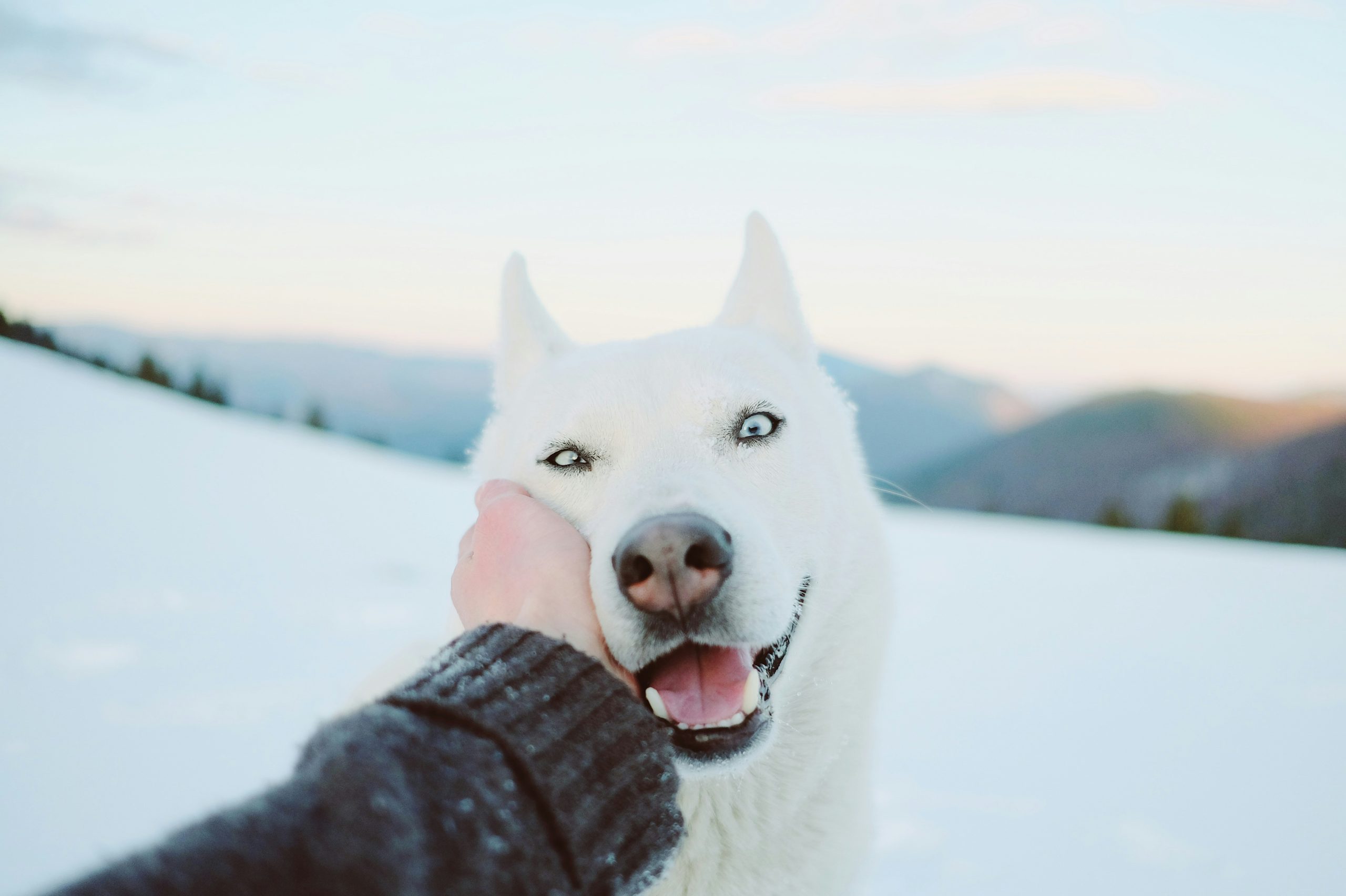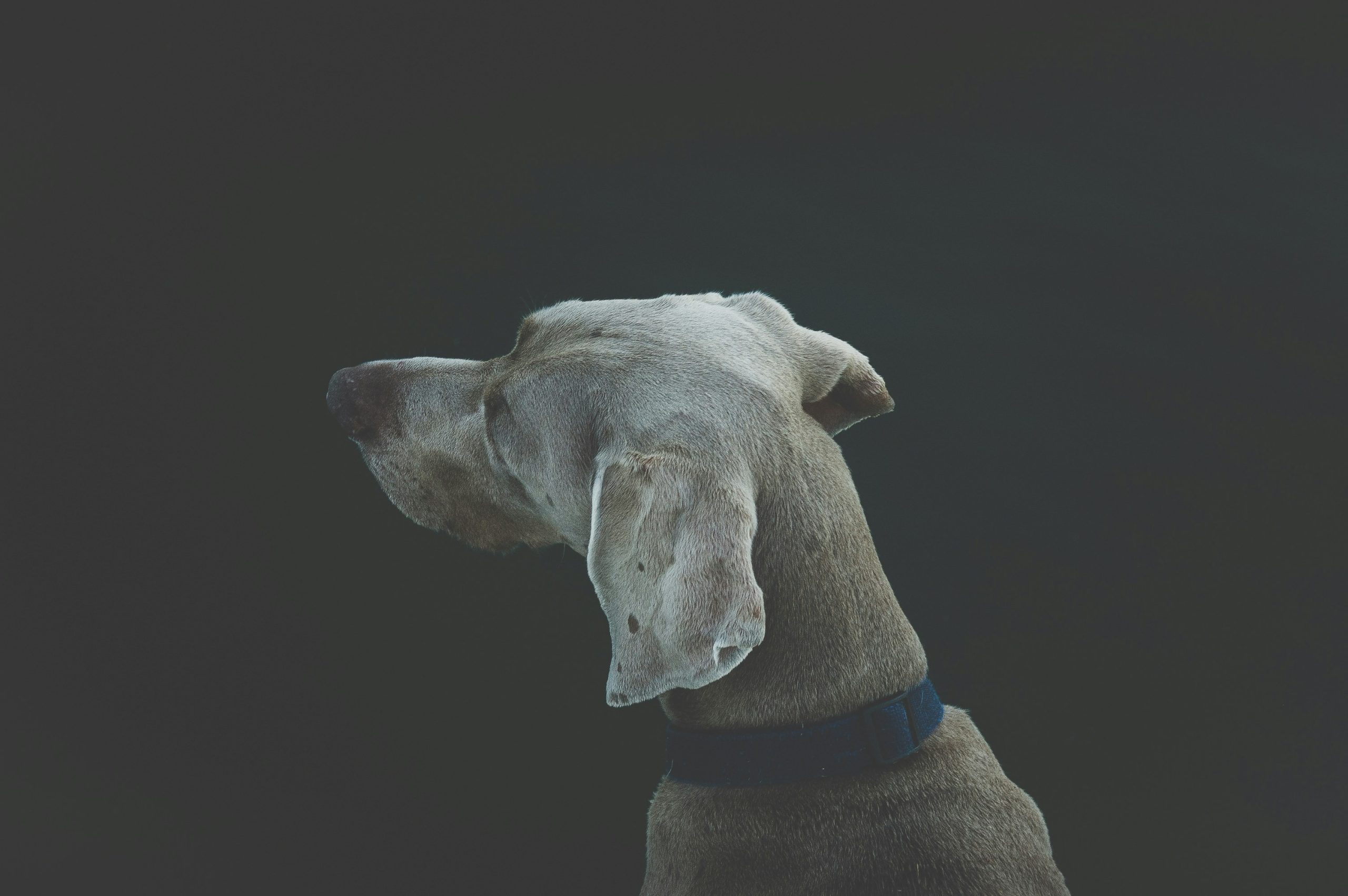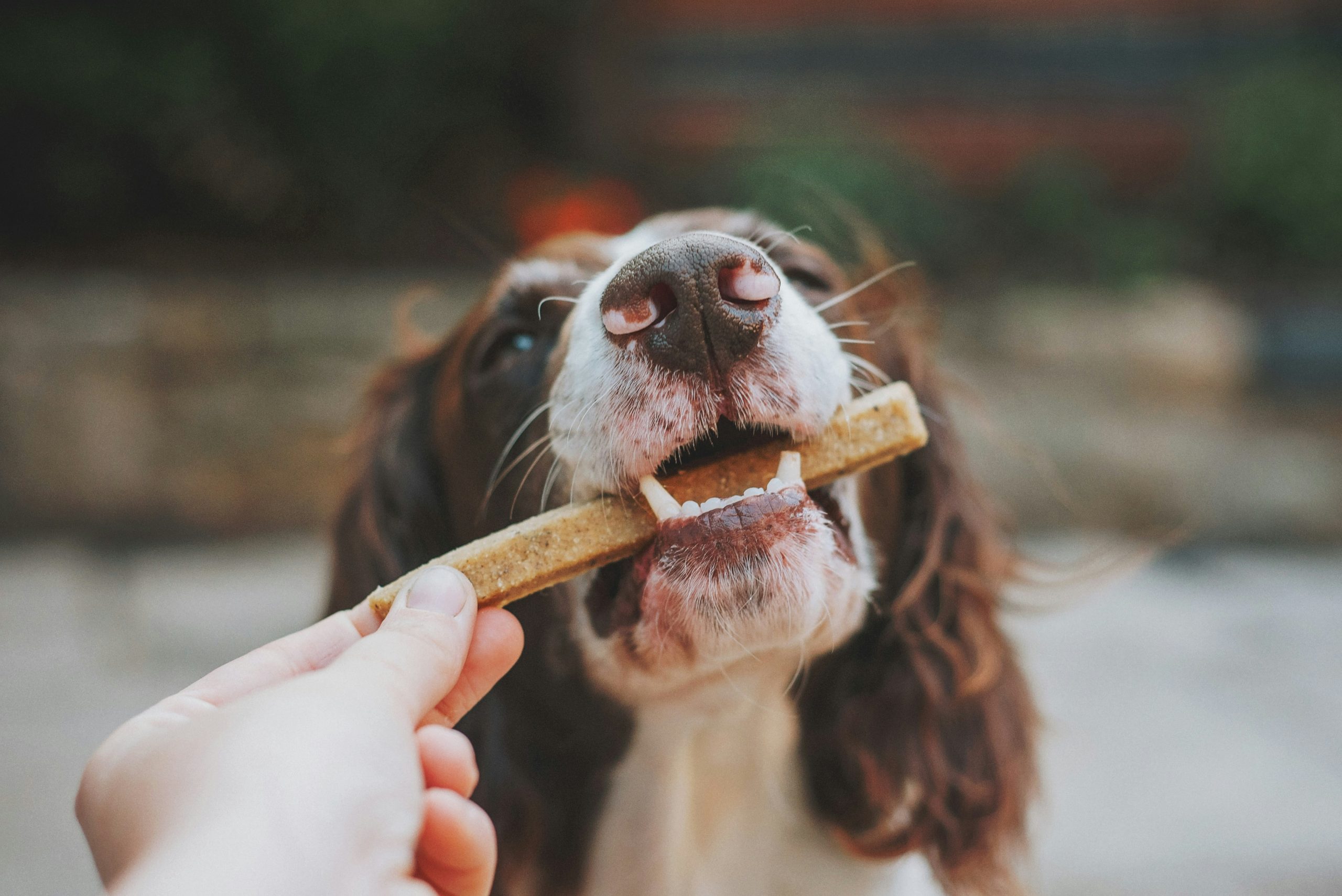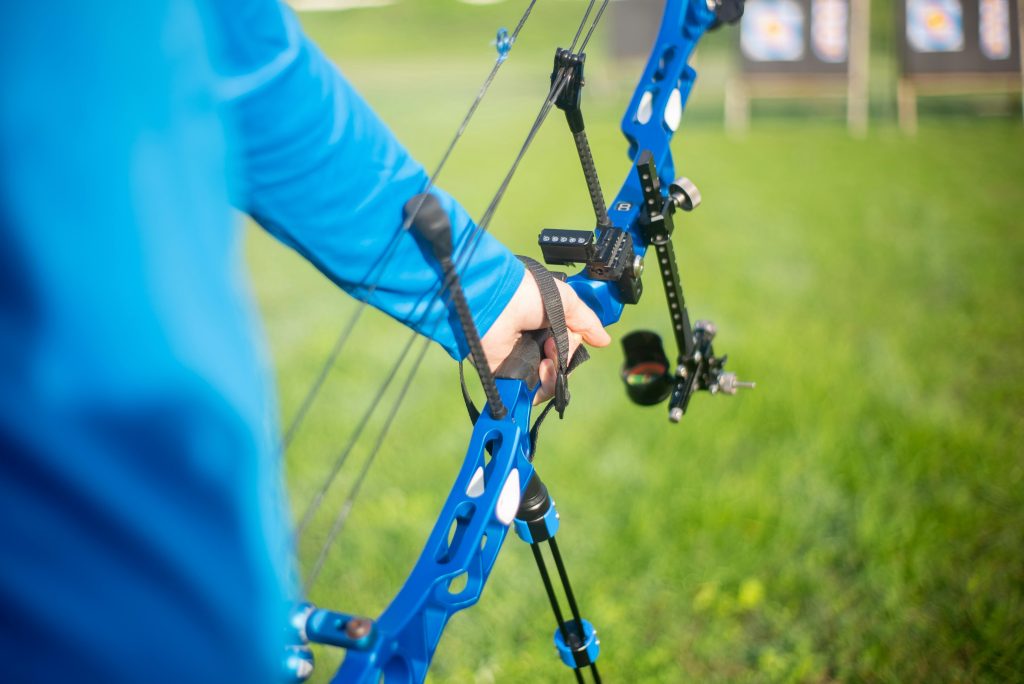Introduction
Ever spent an entire weekend trying to teach your dog to roll over, only for them to stare at you like you’re speaking Martian? Yeah, us too. But what if we told you there’s a method that makes teaching advanced dog trick training feel less like pulling teeth and more like a game? Enter target training—a powerful yet underused technique that transforms even the most stubborn pups into eager learners.
In this post, we’ll dive deep into how target training works, why it’s a game-changer for advanced tricks, and how to get started. You’ll also discover essential tips, inspiring examples, and FAQs to guide your journey.
Table of Contents
- Why Target Training is the Secret Sauce
- Step-by-Step Guide to Advanced Dog Trick Training
- Best Practices for Success
- Real-World Examples of Target Training in Action
- Frequently Asked Questions About Advanced Dog Trick Training
Key Takeaways
- Target training builds focus and precision for advanced dog tricks.
- Patience and consistency are key—don’t rush the process!
- Positive reinforcement keeps motivation high.
- Customizing targets can unlock specific advanced behaviors.
Why Target Training is the Secret Sauce
Optimist You: “Oh, target training sounds fancy!”
Grumpy You: “Yeah, but does it actually work?”
Let me tell you—it absolutely does. Target training involves teaching your dog to touch a specific object (like a stick or your hand) with their nose or paw. This simple action becomes the foundation for complex tricks like spinning circles, opening doors, or even playing fetch on command.
A personal fail here—I once tried teaching my dog to jump through a hoop without any groundwork. Let’s just say it went about as well as using #PuppyLove on a cat meme (RIP engagement). Later, I realized starting with target training would’ve made the whole process smoother.

Step-by-Step Guide to Advanced Dog Trick Training
Step 1: Introduce the Target Object
Start with something straightforward, like a spoon or a clicker stick. Hold it close to your dog’s nose and reward them when they investigate it. Repeat until they consistently touch the target.
Step 2: Add Distance
Gradually increase the distance between your dog and the target. Keep sessions short—five minutes max—to avoid overwhelming them. If your pup starts looking confused, bring the target back closer.
Step 3: Incorporate Movement
Move the target slightly to one side or up and down. Reward every successful interaction. Over time, your dog will associate the target with movement and rewards.
Step 4: Combine Targets with Tricks
Once your dog masters targeting, start pairing it with actions. For example, moving the target in a circle can teach your dog to spin. Voilà—advanced moves unlocked!
Best Practices for Success
- Be Patient: Not all dogs learn at the same pace. Celebrate small wins along the way.
- Use High-Value Treats: Think chicken bits, not kibble. The tastier, the better.
- Keep Sessions Short: Dogs have shorter attention spans than toddlers hopped up on candy.
- Don’t Forget the Cue Word: Pair each trick with a verbal cue so your dog associates the word with the behavior.
Pro Tip (or Anti-Tip): Avoid shouting commands repeatedly. It won’t magically make Fido understand faster; trust me—it just annoys everyone involved.

Real-World Examples of Target Training in Action
Meet Max, a Border Collie who learned to turn off light switches using target training. His owner started by guiding him to touch a sticky note on the wall. Once he nailed that, she moved the note to the switch and added a flipping motion. Fast forward six weeks, and Max could officially be his household’s official “lights out” guy.
Another success story? Luna the Poodle, who now delivers newspapers straight from the porch to her owner’s lap thanks to clever placement of targets around the house. These tales prove that the sky’s the limit when creativity meets training!

Frequently Asked Questions About Advanced Dog Trick Training
Q: How long does it take to train a dog advanced tricks?
A: It varies based on the dog’s personality, age, and prior training experience. Some pick up tricks within weeks; others may need months.
Q: Can older dogs learn new tricks?
A: Absolutely! The saying “You can’t teach an old dog new tricks” is pure baloney. Older dogs might require more patience, but they’re often more focused learners.
Q: Do I need special equipment?
A: Nope! A stick, a treat pouch, and enthusiasm are all you really need. Fancy gear is optional.
Conclusion
Advanced dog trick training doesn’t have to feel impossible. With target training, you can break down intimidating tasks into manageable steps while bonding with your furry best friend. Remember, patience is everything—and coffee helps too.
Like a Tamagotchi, your SEO needs daily care.
Woof woof!


